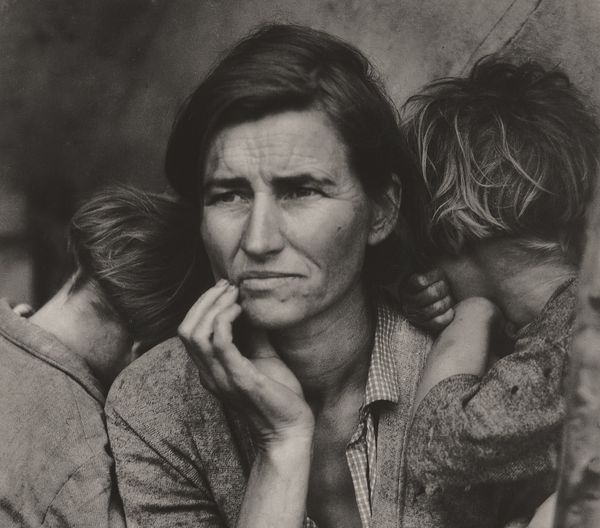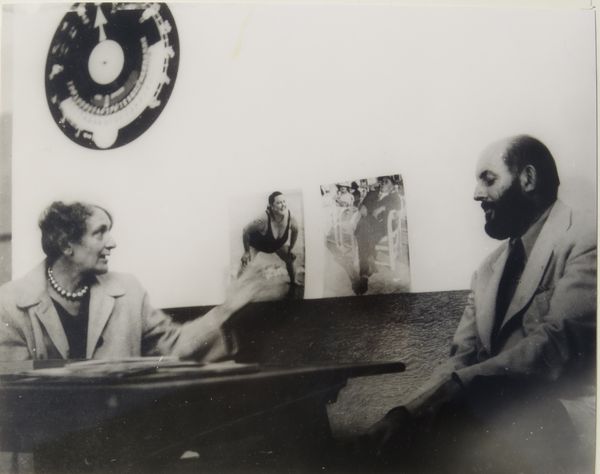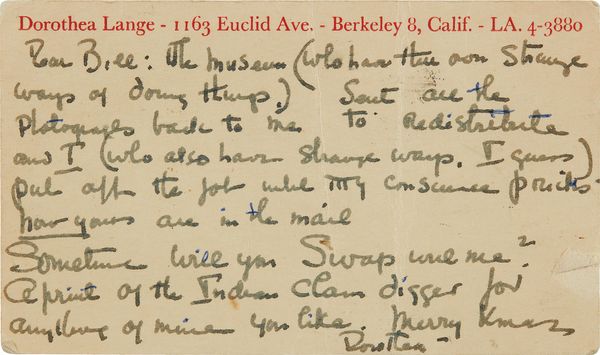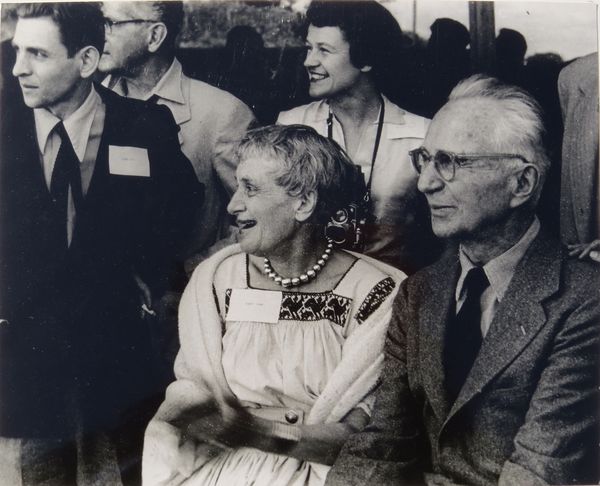Dorothea Lange Migrant Mother, Nipomo, California, 1936 (detail)
Dorothea Lange’s Migrant Mother, Nipomo, California, has become an enduring icon since its making in 1936. Taken while Lange was working for the Farm Security Administration documenting the hardships of the Great Depression, Migrant Mother combines the photographer’s characteristic respect and empathy for her subjects with her compositional rigor. The photograph was reproduced widely in the press in the 1930s and in the decades to come. Through this exposure, Migrant Mother transcended its original documentary purpose to become a universal symbol of motherhood and perseverance under adversity.
The superlatives that have been heaped upon it have done nothing to dilute its impact, nor have the passing decades diminished our inclination to empathize with the subjects’ plight.
In her recent book, Dorothea Lange: Migrant Mother, Sarah Hermanson Meister offers a comprehensive study of the image, its history and its legacy. The photograph’s central figure is Florence Owens Thompson, a migrant worker camped with her four daughters and other migrants alongside a farm whose crops had frozen, eliminating the possibility of paid work. Meister notes that Thompson was Cherokee, a fact unknown at the time of the photograph’s initial publication, adding an even greater degree of resonance to the image. In her assessment of the continuing relevance of Migrant Mother, Meister writes, “The superlatives that have been heaped upon it have done nothing to dilute its impact, nor have the passing decades diminished our inclination to empathize with the subjects’ plight.”
Dorothea Lange and Ansel Adams, taken by William Heick: the photographers are discussing Lisette Model's Coney Island bather, New York (lot 42)
Original correspondence between Lange and Heick arranging to exchange photographs
This print of Migrant Mother was acquired from Lange by photographer and filmmaker William Heick. Correspondence from Lange to Heick accompanying this lot documents a warm and respectful friendship between them. In Lange’s 1955 postcard she asks, “Sometime will you swap with me? A print of [Heick’s photograph] Indian Clam Digger for anything of mine you like.” It is believed that the exchange – of Clam Digger for Migrant Mother – was made shortly thereafter.
After serving in the Navy during World War II, William Heick (1916-2012) studied photography at the California School of Fine Arts under Ansel Adams and Minor White and maintained close friendships with Imogen Cunningham and Lange. Heick was known for his accomplished ethnographic photographs, specifically his images of Native Americans, and produced numerous films. His work has been shown at the San Francisco Museum of Modern Art, the Seattle Museum of Art, and many other institutions
William Heick Indian Clam Digger
Dorothea Lange and Edward Steichen, taken by William Heick in 1956




